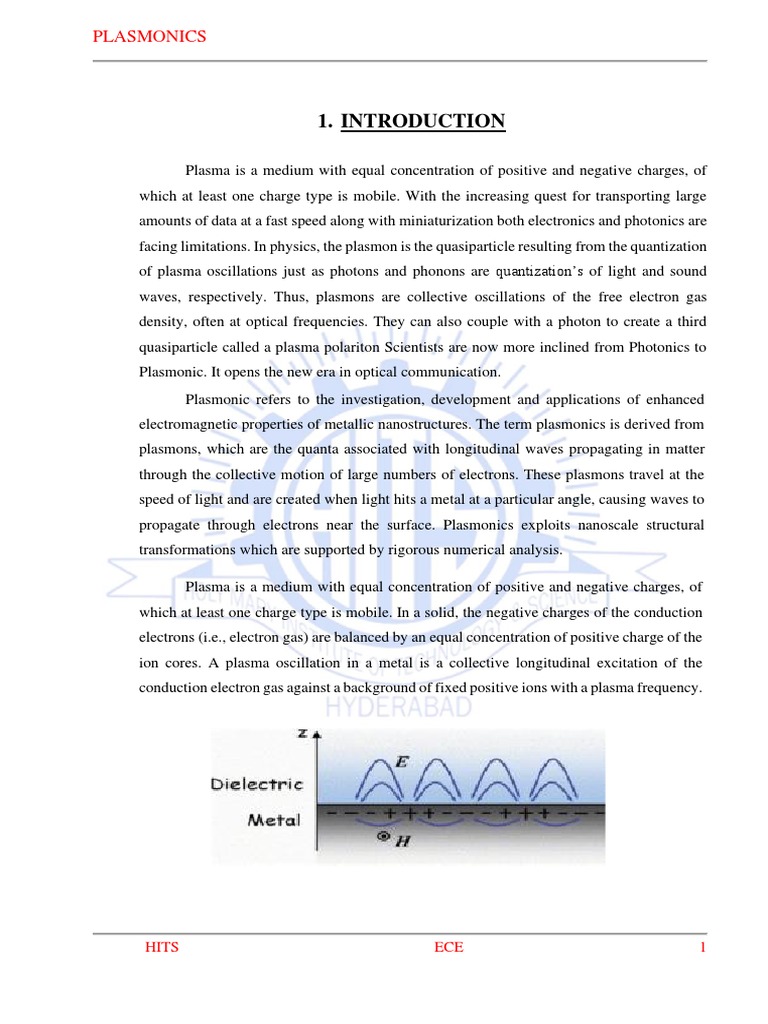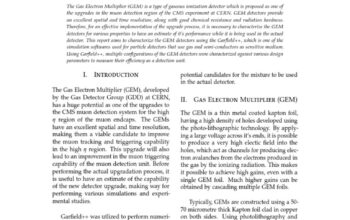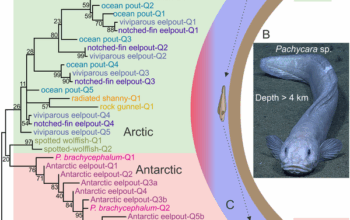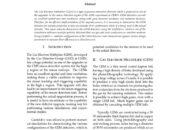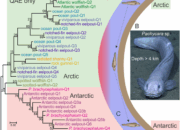Plasmonics, the study of plasmons, presents a fascinating intersection of physics and nanotechnology, with implications that span various fields from telecommunications to biomedical applications. But what constitutes the “best” introductory literature on this intricate topic? After all, delving into the realms of metal-dielectric interfaces and quantum mechanics can be daunting for newcomers. How does one navigate this labyrinth of theory and application effectively? This exploration aims to highlight some seminal texts that offer a robust foundation in plasmonics, while posing the challenge of discerning between introductory material and advanced discourse.
First and foremost, a quintessential text for beginners is “Plasmonics: Fundamentals and Applications” by Stefan Maier. This book is renowned for its clarity and thoroughness, making it a staple in the field. It provides a comprehensive overview of the fundamental principles driving plasmonics, such as the interaction between light and matter, while incorporating numerous practical applications. Maier’s work is particularly adept at elucidating complex concepts through vivid illustrations and equations that serve to demystify abstract ideas. This text is not merely a compendium of information; it challenges readers to engage with the physics at a tangible level.
Another remarkable introduction is “Principles of Nano-Optics” by Lukas Novotny and Bert Hecht. This work transcends traditional optics, delving into nanoscale phenomena including plasmonic behavior. With an emphasis on both theoretical background and experimental insight, the authors invite readers to traverse the bridge between classical electromagnetic theory and modern nano-optics. Readers are likely to find themselves pondering the playful question: how can such minuscule structures lead to vast advancements in technology? This book serves as both a primer and a launching pad into more specialized avenues of study.
For those seeking a more comprehensive understanding of the underlying physics, “Nano-Optics and Nanoscopy” by David W. M. Smith and Mike W. McGhee deserves consideration. This text offers not only an overview of plasmonic phenomena but also delves into the scaling laws that govern optical properties at the nanoscale. The authors expertly balance theoretical forecasts with experimental results, prompting readers to challenge their preconceived notions about light-matter interactions. This book manages to raise critical inquiries about the limitations of classical optics and the revolutionary implications of nanoscale research.
Moreover, “Surface Plasmon Nanophotonics” by M. L. Brongersma and P. G. Kik provides an indispensable perspective on the photovoltaic applications of plasmonics. The discourse examines surface plasmons in detail, exploring their utility in enhancing the efficiency of solar energy conversion and nanoscale photonic devices. Readers are encouraged to confront the challenge of aligning theoretical exploration with realistic application, particularly in the burgeoning landscape of renewable energy technologies. By intertwining practical applicability with scientific rigor, this text elevates the understanding of plasmonic components in contemporary device engineering.
Another title worth considering is “Plasmonic Nanostructures and Metamaterials” edited by Shuang Zhang and Wei Liu. This edited volume compiles insights from various experts in the field, providing a mosaic of perspectives on the fundamental physics and potential applications of plasmonic nanostructures. The diversity of viewpoints fosters an environment for discussion and contemplation, nudging readers to consider the multifaceted nature of plasmonic applications. As the field matures, understanding these varied outlooks becomes critical for anyone intending to contribute to plasmonics research or apply it in real-world scenarios.
Transitioning from foundational texts to more application-oriented studies, “Plasmonics: Theory and Applications” by R. A. V. Jones takes center stage. This work is particularly aimed at graduate students and industry professionals seeking to utilize plasmonic principles in practical domains. This book epitomizes the challenge of bridging the gap between high-level theoretical constructs and practical applications, often empowering readers to ask: how might I leverage these concepts in innovative ways? With a focus on engineering and materials science, it is invaluable for those who aspire to explore career paths in applied plasmonics.
Additionally, “Field Guide to Surface Plasmon Polariton Devices” by David K. H. Ong is an essential resource, targeting those focused on device functionality. This field guide simplifies the complex concepts underpinning surface plasmon polariton (SPP) devices. With its emphasis on real-world applications and practical design considerations, readers are adeptly guided to address the question of how plasmonics can reshape technology in tangible ways. This guide provides a user-friendly roadmap while maintaining academic rigor, making it accessible yet profound.
In summary, navigating the vast literature on plasmonics requires discernment and an inquisitive mindset. The essential texts outlined above each offer unique insights that contribute to a well-rounded understanding of the subject. However, the challenge remains: how does one synthesize this knowledge to become an innovator in the field? The interplay between foundational theories, experimental applications, and emerging technologies creates a dynamic landscape ripe for exploration. Emerging readers and seasoned professionals alike are encouraged to approach these resources with curiosity and rigor, paving the way for advancements in this burgeoning interdisciplinary domain. In this way, the study of plasmonics transforms from an academic inquiry into a practical toolkit for shaping the future.
